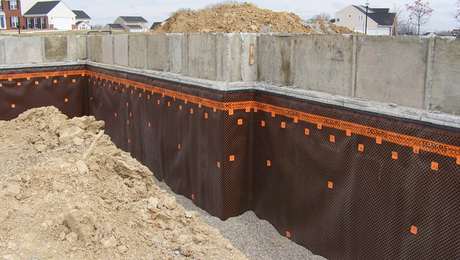Ive tried it with mixed success and just wondering what the tricks and best method to do it?
Discussion Forum
Discussion Forum
Up Next
Video Shorts
Featured Story

Learn about the pros and cons of waterproofing vs. damp-proofing foundation walls.
Featured Video
SawStop's Portable Tablesaw is Bigger and Better Than BeforeHighlights
Fine Homebuilding Magazine
- Home Group
- Antique Trader
- Arts & Crafts Homes
- Bank Note Reporter
- Cabin Life
- Cuisine at Home
- Fine Gardening
- Fine Woodworking
- Green Building Advisor
- Garden Gate
- Horticulture
- Keep Craft Alive
- Log Home Living
- Military Trader/Vehicles
- Numismatic News
- Numismaster
- Old Cars Weekly
- Old House Journal
- Period Homes
- Popular Woodworking
- Script
- ShopNotes
- Sports Collectors Digest
- Threads
- Timber Home Living
- Traditional Building
- Woodsmith
- World Coin News
- Writer's Digest


















Replies
Best method is using a compressor, hopper , and a wide knockdown knife .
Theres not really any tricks to it other than practiceing out side on scrap something ,even if it carboard. Its all in the water you add , and the pressure you use for the product you are matching. If there is a trick , it is being able to look and tell what you need to do with out a lot of testing , but that comes with a lot of experience.
Tim Mooney
if it wasn't painted. you can use water to soften it.
any suggestions for not using a hopper if you have a just a little patch work? Or is the hopper always the best method regaurdless of the size?
If it's a small area, and you want to go hopper-less, use a short, like 12-16", concrete trowel. Pick up a small amount of mud off your hawk, or bucket lid, or whatever, and stipple it on the surface, then go for your desired knockdown.
Do this first on your practice piece ... not your finished surface.
Before texturing, prime the new work and enough of the old work to blend in your texture. Then the new stuff will dry evenly everywhere you need to knock it down and won't smear over the old paint. This is especially important if the old work was painted with enamel.